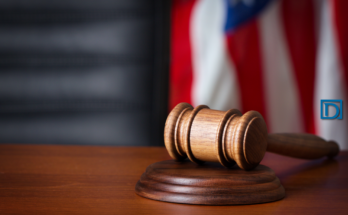The Michigan Court of Appeals recently held in Finazzo v. Fire Equipment Co., that the “open and obvious” defense to premises liability claims is available to contractors who are sued for injuries sustained by others due to hazards on the property. David Finnazzo v. Fire Equipment Company et al, Docket No. 338421 (April 17, 2018) (https://caselaw.findlaw.com/mi-court-of-appeals/1894147.html). The open and obvious defense has historically been used by landowners and others in possession and control of property to defend against claims for injuries caused by defects or hazards on their property. Typically, landowners and others in possession and control of property will not be liable for injuries caused by hazards that are “open and obvious,” or that could have been avoided by the exercise of common sense and prudent judgment. Prior to Finnazzo, it was unclear if the “open and obvious” defense extended to contractors performing work on someone else’s property.
In Finazzo, the Plaintiff was working as a security guard at ITC in Ann Arbor, Mi. ITC contracted with Defendant, Fire Equipment Company, to install a system for suppressing fires. A 40-foot-long cable lay on the floor where work was being performed. Many people, including Plaintiff, had successfully traversed the area and were fully aware of the hazard. At one point, Plaintiff stepped on the cable and slipped, injuring himself when he fell. Plaintiff asserted that Defendants failed to protect him from the hazard created by the cable lying on the floor, and as a result, suffered damages.
The Court of Appeals affirmed the trial court’s decision to dismiss Plaintiff’s claim for premises liability because it found that (1) the cable was an “open and obvious” hazard that the Plaintiff could have avoided; and (2) that the “open and obvious” defense is available to contractors like Defendants. In holding that the “open and obvious” defense is available to contractors, the Court of Appeals adopted 2 Restatement Torts 2d §384 which states that:
A contractor working upon the premises of the property possessor, could invoke the open and obvious defense, even though the contractor was not the owner or possessor of the premises upon which the plaintiff was injured.
The Court of Appeals also found it persuasive that courts in several other jurisdictions had extended the “open and obvious” defense to contractors. The Court also held that Plaintiff’s ordinary negligence claim failed because Plaintiff’s injuries were the result of Plaintiff’s own carelessness.
The result of this adoption will have a significant impact on future cases by expanding the availability of the open and obvious doctrine to certain defendants who are not the owner of the premises upon which a plaintiff is injured.
This article was written by Ryan Hansen, Law Clerk



